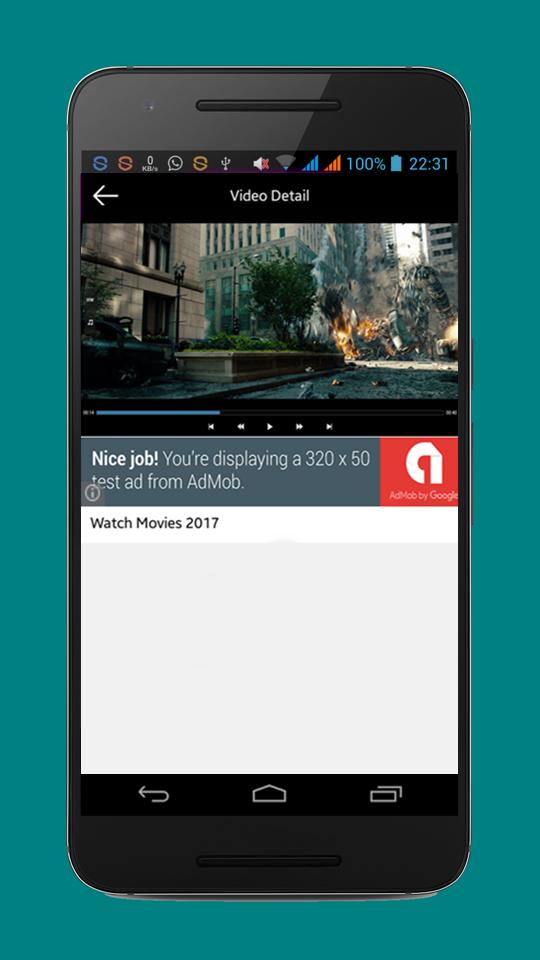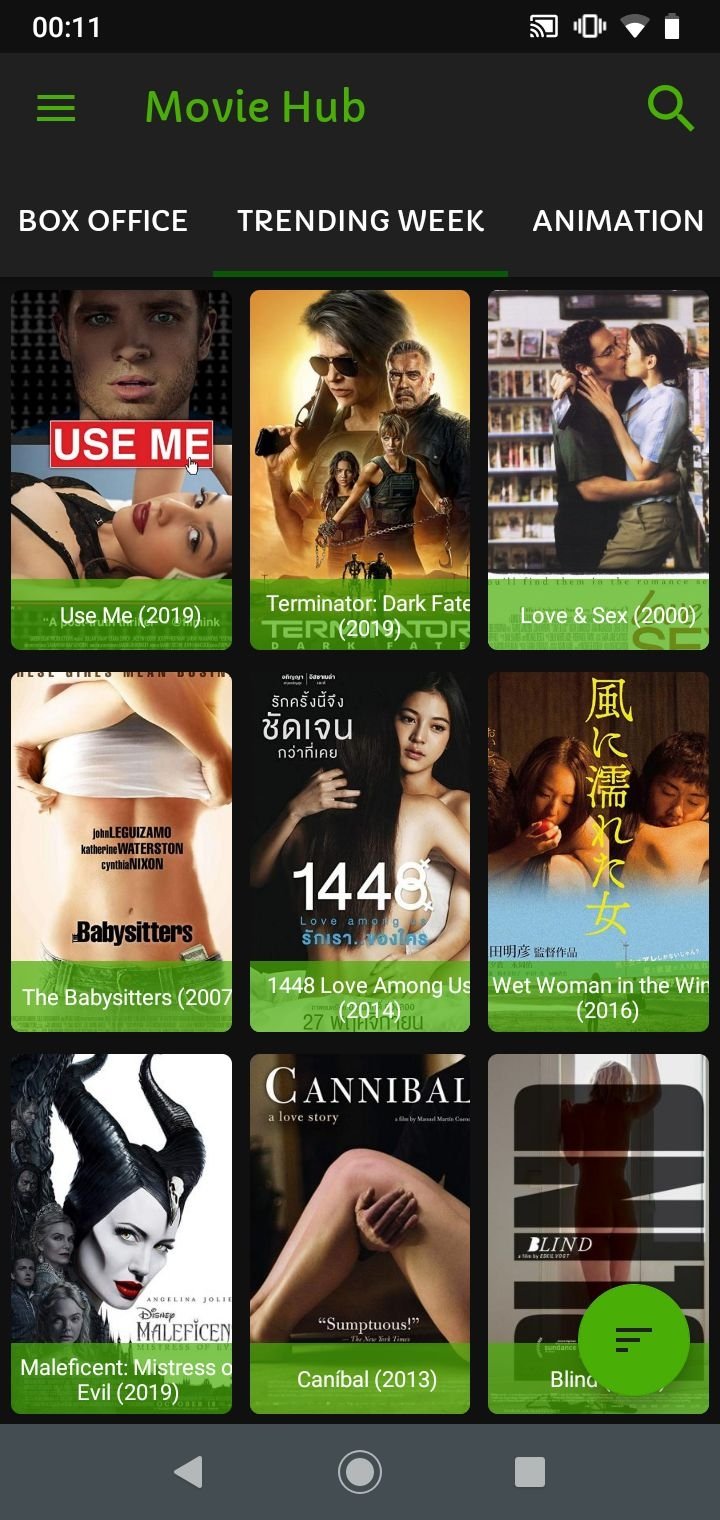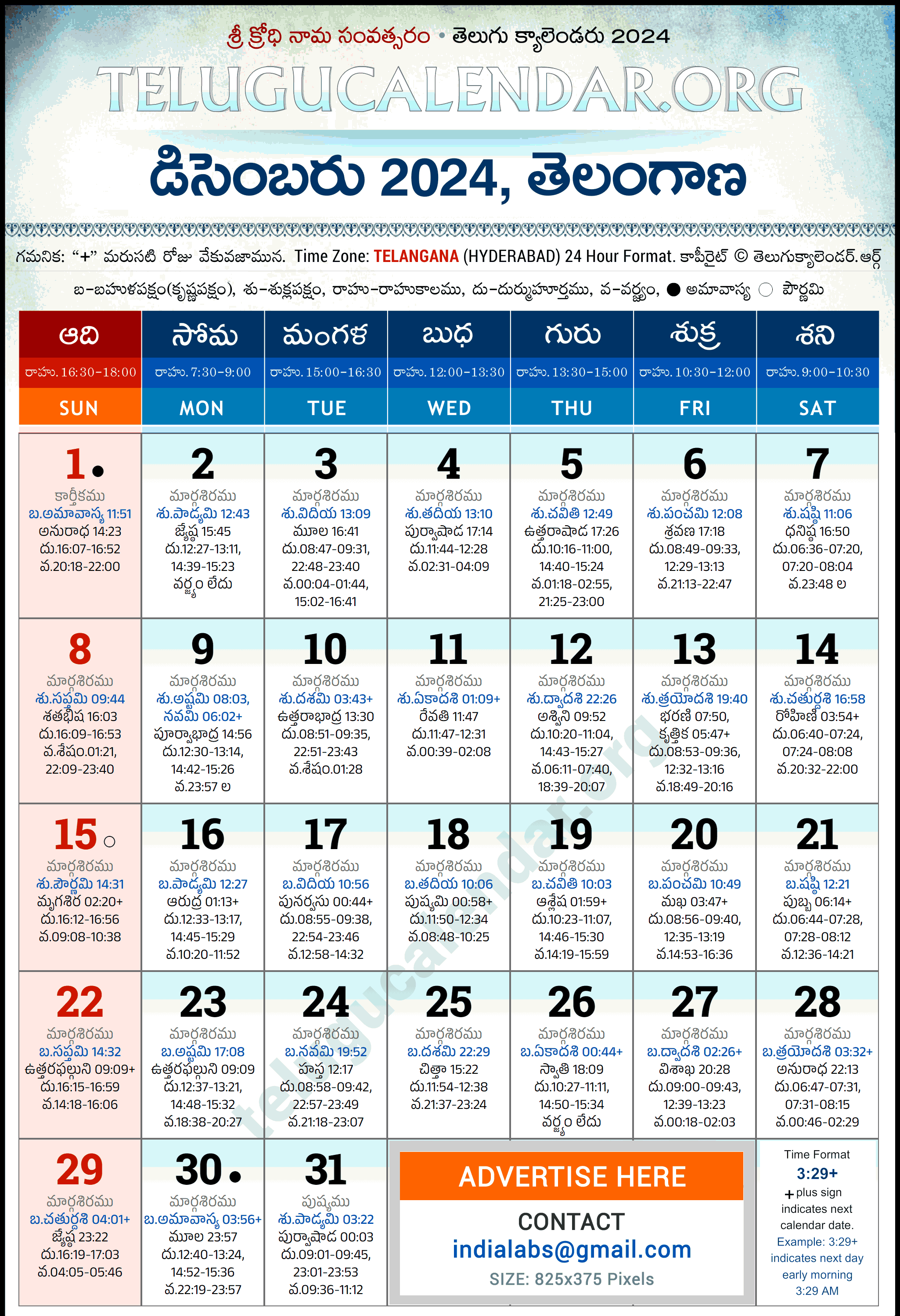Have you ever wondered how technology and entertainment intersect to shape our digital consumption habits? A bold statement reveals that the landscape of media consumption is rapidly evolving, driven by advancements in USB technology, preservation techniques for audiovisual content, and shifts in consumer behavior. These elements collectively influence how we interact with films, data, and digital services today.
The 2015 UBIT Student Experience Survey sheds light on this intersection by exploring students' ownership of computers and their preferences for accessing digital resources. With a significant percentage indicating ownership of devices equipped with USB capabilities, it's evident that high-speed data transfer has become integral to modern computing experiences. The UGREEN USB A Hub 3.0 exemplifies this trend, offering a compact solution capable of transferring HD movies swiftly while maintaining compatibility across various USB standards. This adaptability ensures seamless integration into existing systems, enhancing user convenience and efficiency.
| Bio Data | Details |
|---|---|
| Name | Gael Breton |
| Date of Birth | Not Disclosed |
| Place of Birth | Not Disclosed |
| Education | Information Technology |
| Career | Data Analyst & Social Media Strategist |
| Professional Information | Specializes in analyzing trends and behaviors related to digital platforms such as Google and TikTok |
| Reference | LinkedIn Profile |
In parallel, efforts to preserve cultural heritage through formats like U-matic tapes and VHS cassettes underscore the importance of safeguarding historical content against obsolescence. Organizations dedicated to audiovisual preservation play a crucial role in ensuring these materials remain accessible for future generations. By employing advanced techniques and leveraging partnerships with institutions like NYPL’s Audio and Moving Image Preservation Unit, they contribute significantly to maintaining an accurate record of human creativity and expression over time.
Gael Breton, a prominent figure in the realm of social data analytics, highlights changing patterns in information-seeking behavior among internet users. According to Breton, while Google remains a primary source for reliable information, there's been a noticeable shift towards platforms like TikTok for entertainment purposes. Such observations reflect broader societal changes where immediacy and engagement drive content consumption choices more than ever before.
Meanwhile, HDHub4U emerges as a popular destination catering specifically to Bollywood movie aficionados seeking high-definition streaming options without financial barriers. Unlike traditional subscription-based models, HDHub4u provides completely free access to its vast library of films and television series. However, critics argue that facilitating unauthorized downloads constitutes copyright infringement—a contentious issue within the industry amid ongoing debates about intellectual property rights protection online.
Survey results further indicate that hubs like HUB Student Center serve critical functions within educational settings by providing essential services tailored to student needs. From facilitating collaborative learning environments to supporting technological innovation projects, these centers foster environments conducive to academic success. As part of their service offerings, they often incorporate cutting-edge tools designed to enhance productivity and connectivity amongst users—aligning closely with contemporary demands placed upon higher education institutions worldwide.
Moreover, the proliferation of multiport adapters underscores growing expectations regarding device interoperability and performance optimization. Devices such as the UGREEN 4-in-1 USB 3.0 Port Hub exemplify solutions crafted to address these needs effectively. Featuring robust data transfer rates up to 5Gbps alongside support for diverse peripherals including external hard drives and keyboards, such products empower users to maximize their hardware investments while simplifying workflow management processes considerably.
Despite legal controversies surrounding certain websites offering pirated content downloads, public appetite for readily available multimedia resources persists unabated. For many individuals residing in regions underserved by legitimate streaming providers or constrained by economic limitations preventing regular subscriptions, alternative avenues represent viable means of satisfying entertainment cravings. Nevertheless, stakeholders emphasize the necessity of fostering greater awareness around ethical implications associated with consuming pirated material.
As technology continues advancing at breakneck speed, so too does its impact on virtually every aspect of daily life—from scholarly pursuits facilitated via sophisticated student centers equipped with state-of-the-art amenities to casual pastimes enjoyed courtesy of expansive digital archives maintained illicitly yet enthusiastically embraced globally. Balancing innovation with responsibility presents challenges requiring thoughtful consideration moving forward if society hopes to harness full potential offered by emerging technologies responsibly.
Ultimately, understanding current trends shaping digital media landscapes necessitates examining multiple facets influencing end-user experiences holistically. Whether evaluating survey findings illuminating computer ownership demographics among college populations or assessing implications stemming from widespread adoption of unauthorized download portals, each piece contributes valuable insight toward constructing comprehensive narratives reflecting present realities accurately. Furthermore, acknowledging contributions made by professionals engaged in fields ranging from data analysis to film preservation enriches discourse surrounding relevant topics exponentially.
In conclusion, recognizing interconnections linking disparate elements comprising today's complex digital ecosystem proves vital for navigating increasingly intricate waters ahead successfully. By staying informed about developments occurring across sectors impacting media production, distribution, and reception, consumers can make educated decisions aligning personal values with available options better suited to meet individual preferences optimally. Simultaneously, industry leaders must remain vigilant in addressing emerging challenges proactively to ensure long-term sustainability amidst relentless evolution characterizing modern times unceasingly.




